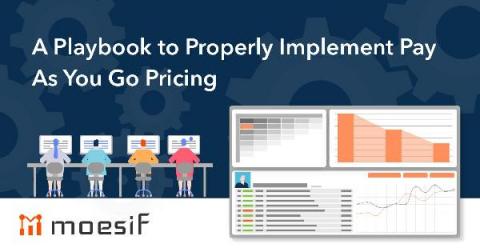5 key features of any modern embedded analytics platform
Start-ups founded on analytics have been shaking up every industry. Finance has been disrupted by Monzo's data focus, Netflix’s analytics has upended film entertainment, and Swyfft has used data to change the game for US home insurance. Today's users have come to expect analytics in their applications.











